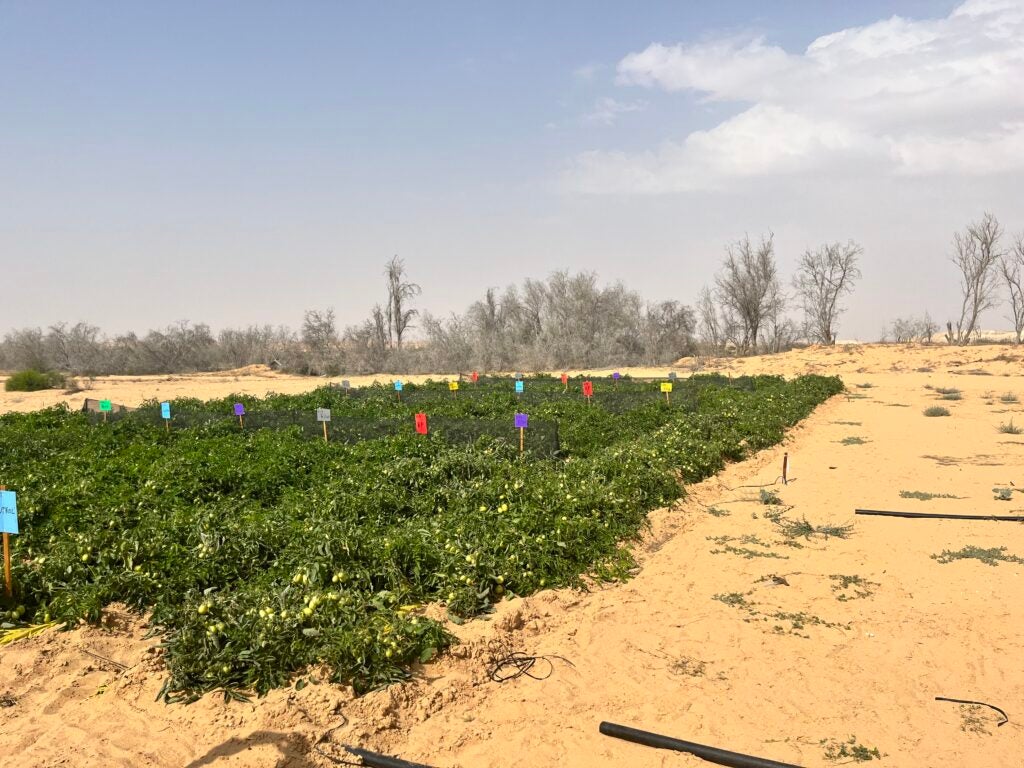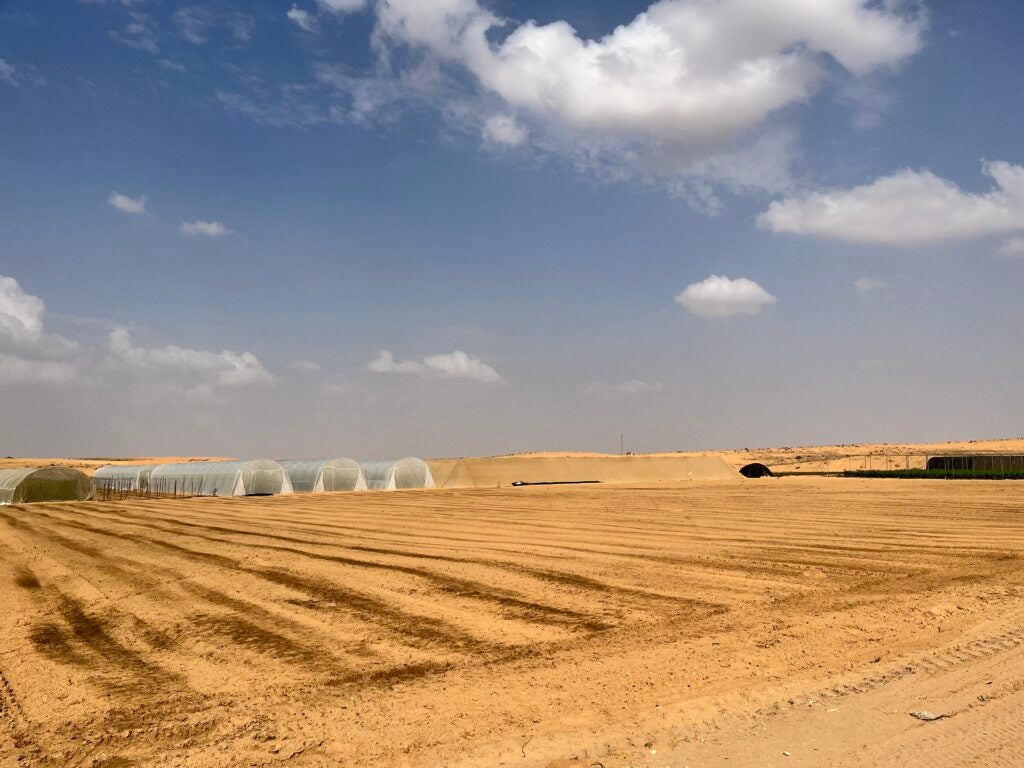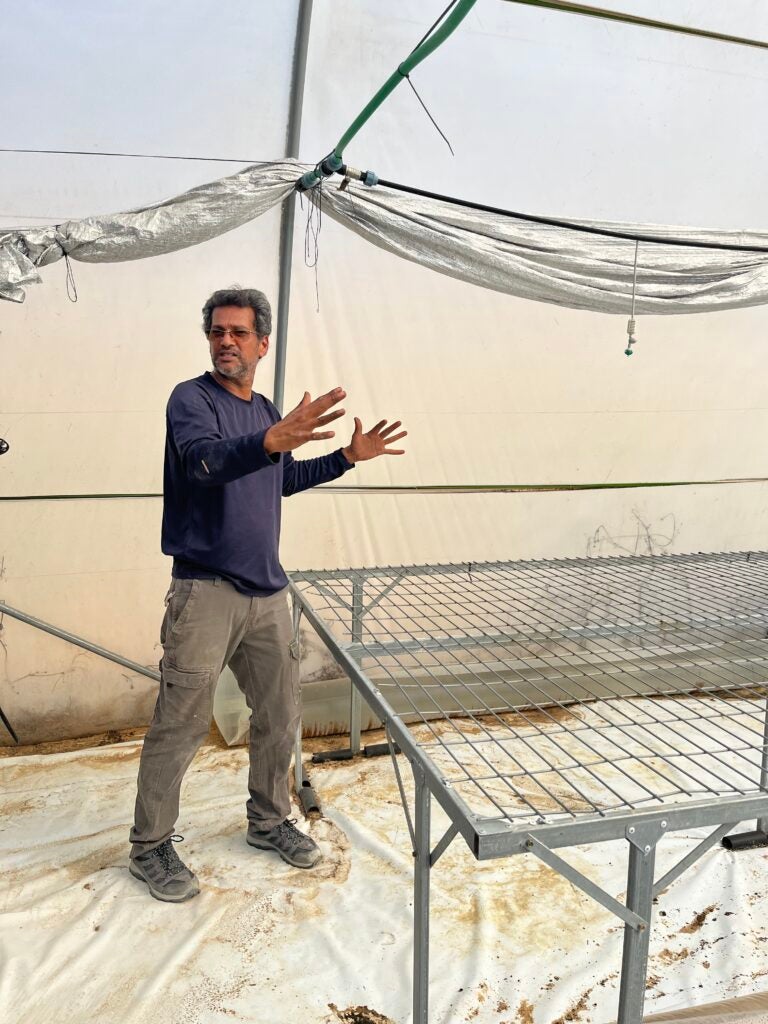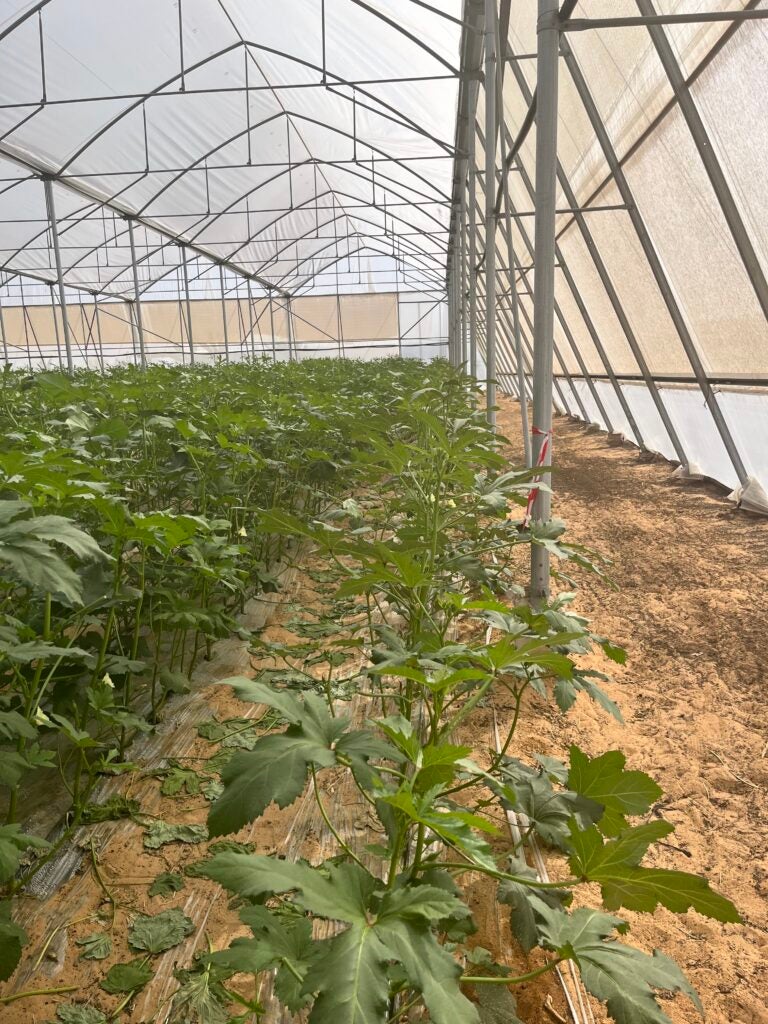Recent UN climate conferences have seen louder calls to both prepare and finance climate adaptation plans, as the impacts of climate change become ever more obvious. In 2021, the COP26 final cover text included the unprecedented goal for rich countries to double adaptation funding for developing countries by 2025 to around $40bn. Then in 2022 – following a year that saw record floods in Pakistan to record droughts in China – COP27 President Sameh Shoukry launched the Sharm el-Sheikh Adaptation Agenda, the first comprehensive global plan to address adaptation, complete with 30 key ‘Adaptation Outcomes’.
However, despite encouraging words, the world remains well off meeting the challenge of adapting to our changing climate. “Global efforts in adaptation planning, financing and implementation continue to make incremental progress but fail to keep pace with increasing climate risks,” said the UN’s latest Adaptation Gap report, published just ahead of COP27.

The report shows that more than eight out of ten countries have some kind of climate adaptation plan in place, but it says annual adaptation financing for developing countries needs to be at least five times greater if countries are to meet the challenge of adapting to the changing climate.
This trend is true for all: the $49bn spent on adaptation in the year 2019/20 needs to be at least five times greater for a Paris Agreement-aligned world, according to non-profit the Climate Policy Initiative.
Beyond the extreme weather events that make the news, one of the biggest challenges of both the climate and ecological crises is the creeping threat of land degradation and desertification.
Fuelled by factors such as over-farming, drought, deforestation and urbanisation, land degradation is occurring at 30–35 times the historical rate, according to the UN. Around 30% of land is already degraded worldwide, and when this process occurs in drylands (areas made up of arid, semi-arid and dry sub-humid areas), it can lead to desertification.

US Tariffs are shifting - will you react or anticipate?
Don’t let policy changes catch you off guard. Stay proactive with real-time data and expert analysis.
By GlobalDataDrylands cover 46.2% of the global land area and are home to three billion people, according to the Intergovernmental Panel on Climate Change (IPCC). The risk posed by desertification is therefore profound, and particularly so when the poor infrastructure of many arid countries is taken into account. Some 30% of the world’s population have no access to indoor drinking water.
Climate adaptation: Lessons from Israel's Negev Desert
Adapting to desertification is something many countries must now face up to, but the good news is that a country can still thrive in arid and hot conditions, as the example of the state of Israel demonstrates.
A Middle Eastern country of just 50,000km2, Israel has been uniquely – and controversially – shaped by conflict, geography and the mindset of its people to become one of the richest countries in the world. Its military-industrial complex and start-up scene is formidable – but much of its prosperity has also come from the agricultural sector, which is perhaps unlikely for a country that is 55% Negev Desert.
Israel is the world's top producer of cow milk, at 13,000 litres per cow compared with 10,000 litres in North America and 6,000 litres in Europe. The country’s tomato yield is 300 tonnes (t) per hectare, compared with a global average of 50t per hectare. It also produces 262t of citrus fruit per hectare, compared with 243t in North America and 211t in Europe, according to data collected by the Tony Blair Institute for Global Change.
More than 40% of Israel’s crops are grown in the desert, and water scarcity is a key challenge for farmers. Internal water supplies in Israel are equivalent to 90m3 per capita on an annual basis, compared with 1,300 in Germany and 2,200 in the UK. Much of the country’s success comes down to water management and technology: Mekorot, Israel’s national water utility, supplies desalinated sea water to meet 60–85% of both domestic and industrial water demand.
Israel also recycles more that 90% of its wastewater, which is a “world record that no other country even comes close to”, says Gideon Behar, Special Envoy for Climate Change and Sustainability at the Israeli Ministry of Foreign Affairs. The US, by contrast, recycles around 10%.
Israel is also a pioneer of drip irrigation technology, which involves threading hose piping between rows of crops and only supplying the minimum water required for each plant. Such has been Israel’s success at managing water that the country is set to export water to neighbouring Jordan in exchange for solar electricity.
Behar believes much of what Israel has achieved can be replicated by other countries facing desertification. “Israel has overcome climatic challenges with innovative solutions,” he explains. “We are a small country with a limited impact: it is therefore these adaptation solutions that are our biggest contribution to the climate fight.”
[Keep up with Energy Monitor: Subscribe to our weekly newsletter]
There are lessons from Israel that could certainly be adopted around the world: around 70% of water goes towards irrigation worldwide, and overall water demand is expected to surpass supply by 40% by 2030.
Salt water and solar panels
Deep in the Negev Desert, not far from Israel’s border with Egypt, lies Be'er Milka, the farm of Sharon Cherry. Cherry was offered a sun-scorched plot of sandy land by the Israeli government ten years ago, after he and his wife decided to move from Tel Aviv. “We had no experience, we had never even grown flowers before,” Cherry explains. “Everybody told us: You are crazy. You are going down. Don't do it.”
Cherry was provided with access to electricity, a pipe of brackish desalinated water from the sea, a pipe of fresh water, as well as technical assistance from the nearby Ramat-HaNegev Desert Agro Research Center. Today, he runs the biggest farm in Israel specialising in vegetables from India, which is the country of his parents’ birth. These include spinach, fresh turmeric, mushroom and okra; Cherry says he is the only grower in the world growing okra in greenhouses, where conditions allow the plant to turn from flower to fully grown vegetable in just a few days.

“Where our farm is is actually the area of the world best suited to cherry tomatoes, as a result of the hot climate, soil and the salty water from the sea, but this is a very competitive market, and my wife and I did not want to be controlled by fixed market prices," says Cherry. “Therefore we brought something new to the Israeli market.”
Cherry uses a combination of low-tech solutions – such as a network of vents, water pipes and screens that heat and cool his plant nursery – in combination with more high-tech, computer-controlled methods. When it is 40°C outside, he can make it 26°C in his greenhouses; when it is 2°C outside at night, it can be 12°C inside.

It costs just €1–2 per day to temperature-control his greenhouses, and other additional costs are more than made up by the intrinsic advantages of growing vegetables in the desert, claims Cherry. These include the fact that growing and harvesting can take place 12 months of the year; as well as the fact that growing non-native plants in desert soil means there is no need to use pesticide on many of his crops.
The biggest cost, says Cherry, is labour, which is close to 50% of his expenses. “On my farm, we see declining soils and salty water as an opportunity, not a problem,” he says. Cherry also generates power from solar PV panels, which is sold back to the grid, and presents the opportunity of one day becoming a net-zero enterprise.

Adaptation beyond Israel
Sivan Cohen Shachari, director of the desert research centre that assists Sharon Cherry, explains that their community’s mission is to “work together to promote Israel, ecosystem innovation and technology to tackle desert challenges”. Other farms in the area grow everything from strawberries to samphire, as well as more traditional desert crops like dates. Water management and technology is key: growing grapes in the Negev Desert uses around one-tenth of the water that a typical farm would use.
Shachari adds that they are now working with neighbouring countries Jordan and the United Arab Emirates to promote their technology, as well as the Netherlands, Spain and Italy, “countries that have not historically known the protocols of how to grow crops with irrigation because they have always relied only on rain”, she explains.
The countries cited by Ramat-HaNegev as receiving their technical assistance are relatively wealthy. The task of adapting the world’s poorest countries to climate change is a more profound and expensive challenge: countries in Sub-Saharan Africa should be spending 2.1% of their GDP on adaptation to meet the challenges of a changing climate this decade, according to the UN's Adaptation Gap report.
If rich countries do eventually boost adaptation funding, however, targeted investment will bring rewards, wherever it takes place in the world. Sustainable land practices in dryland areas will typically offer around $3–6 in returns over a 30-year period for every $1 invested, according to the IPCC. The scientific body adds, though, that practices are typically not adopted due to “insecure land tenure, lack of access to credit and agricultural advisory services, and insufficient incentives for private land-users”.
Accelerating the energy transition for climate adaptation
For desert adaptation to become truly climate-compatible, a country’s energy supply also needs to be decarbonised so farming methods such as Sharon Cherry's can become carbon neutral.
Unfortunately, some 90% of Israeli electricity currently comes from fossil fuels, according to GlobalData, Energy Monitor’s parent company. This means that even as farm businesses adapt to desert environments, the energy they consume continues to contribute to the climate crisis.
Decarbonising the energy mix is ultimately as crucial as anything else when it comes to adaptation. This is because humanity’s ability to adapt will reach its limit if we do not mitigate emissions and bring climate change under control.
“The less we mitigate, the more we have to adapt,” said UN climate chief Simon Stiell at COP27. “Investing in mitigation is a way of reducing the need to invest in adaptation and resilience.”



